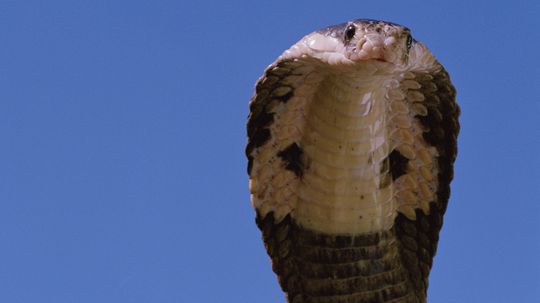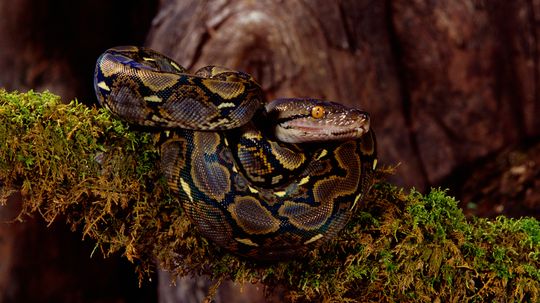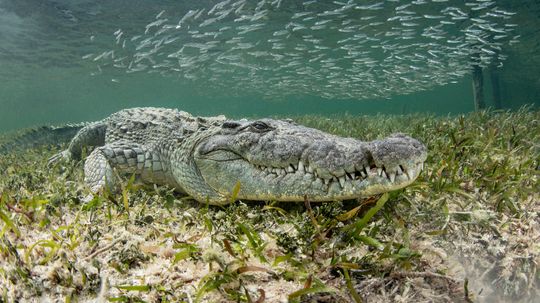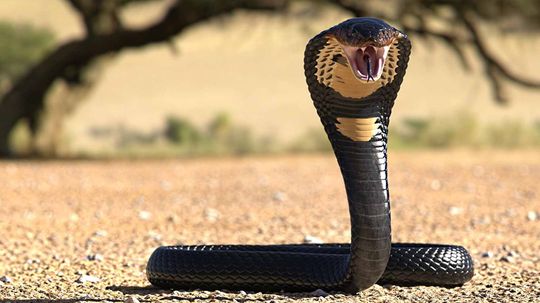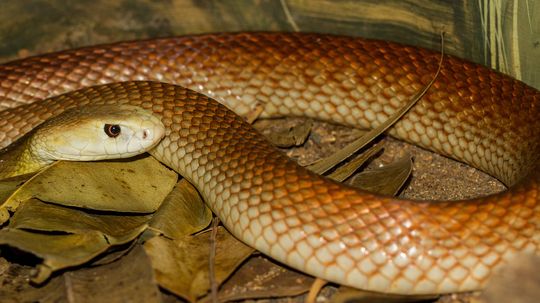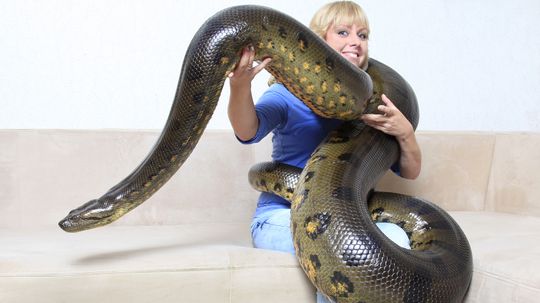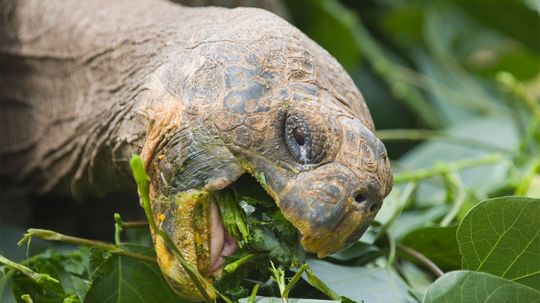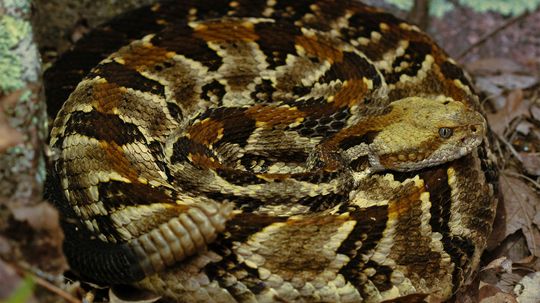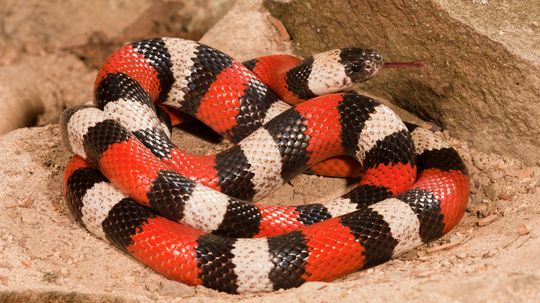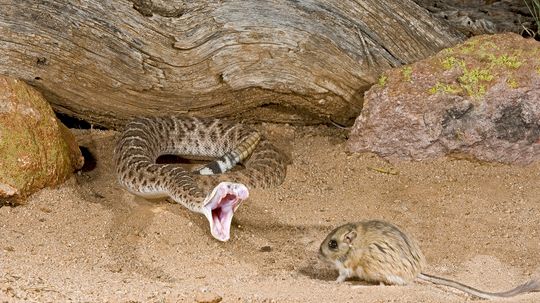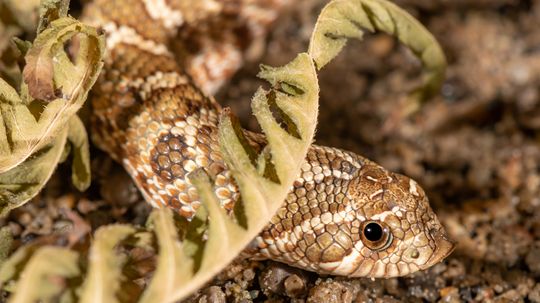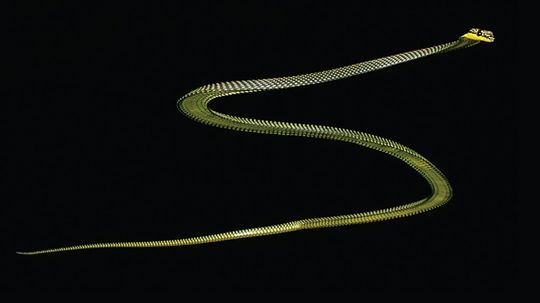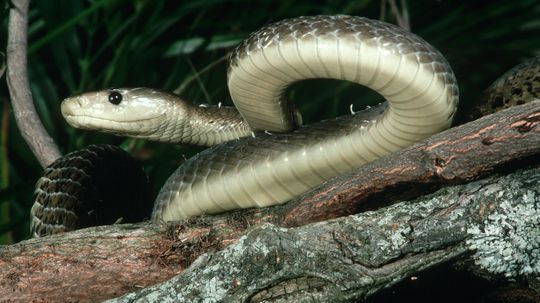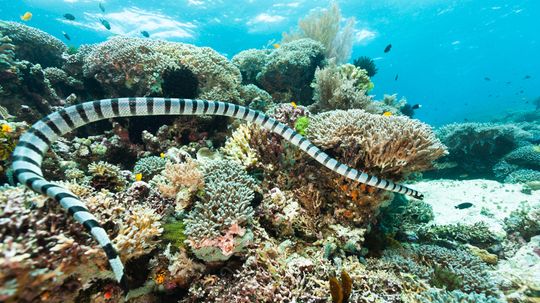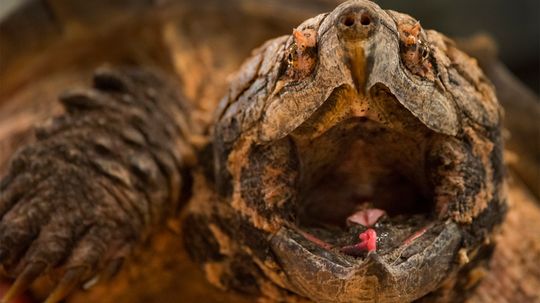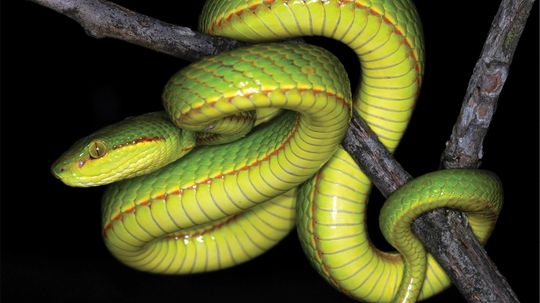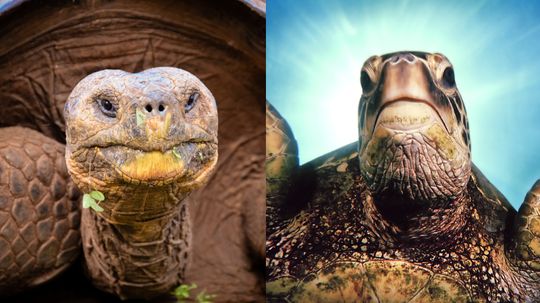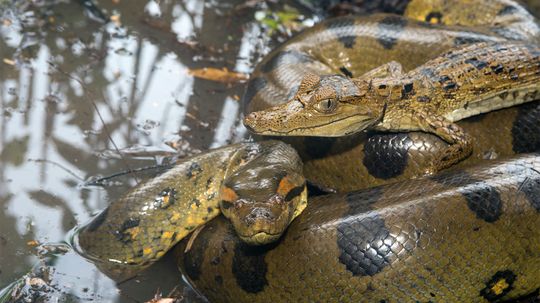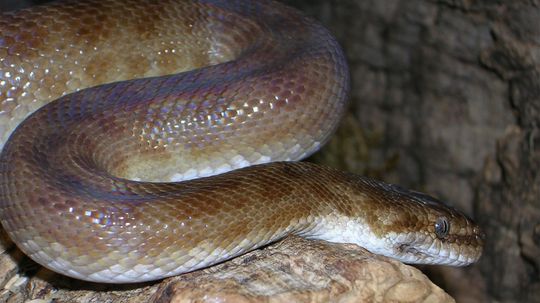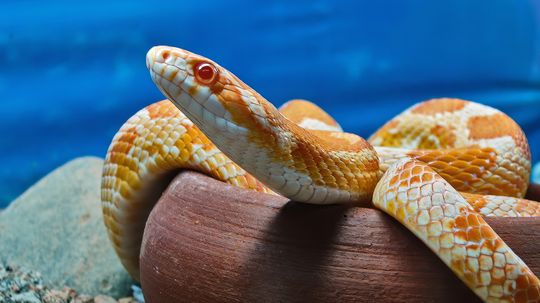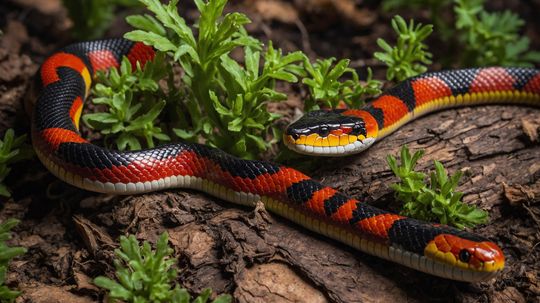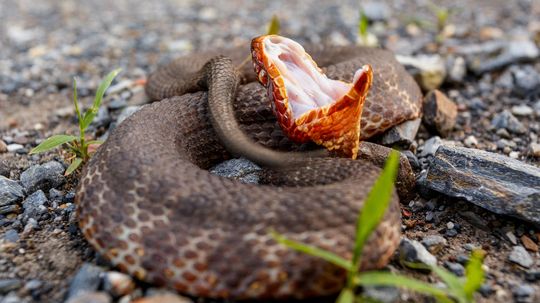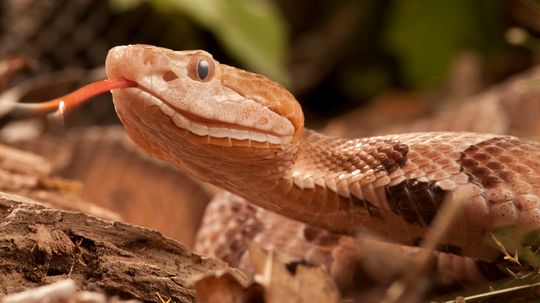Reptiles
Reptiles are cold-blooded vertebrates that have scales layered over their skin. Common reptiles include lizards, snakes, alligators and crocodiles.
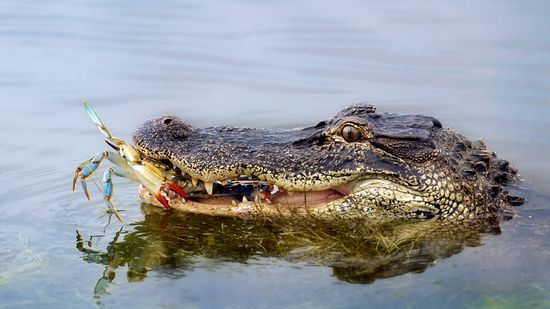
What Do Alligators Eat? Pretty Much Anything They Want
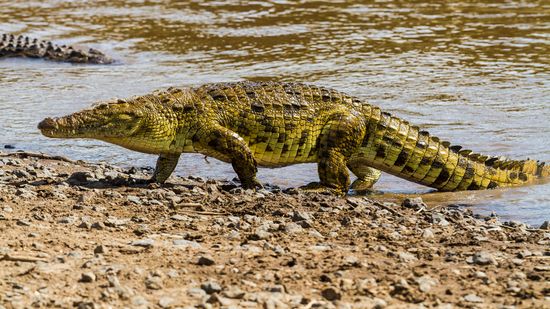
Nile Crocodile: Giant, Vicious and Surprisingly Social
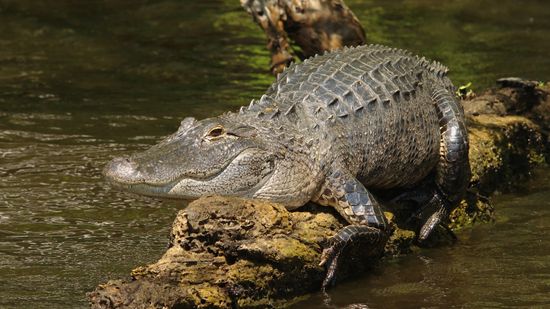
So, the American Alligator Can Climb Trees ... How Terrifying
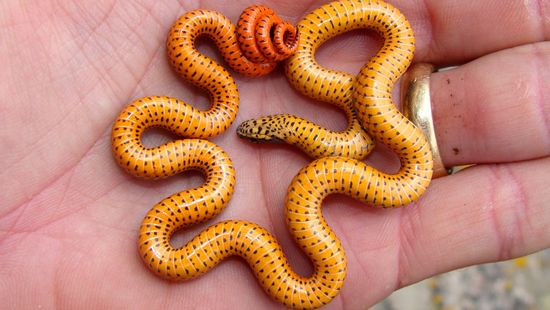
10 Cutest Snake Species That Have Us Squeeing
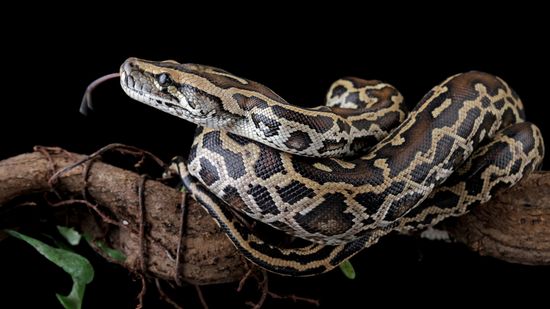
Python vs. Anaconda: Comparing Snakes and Software Languages
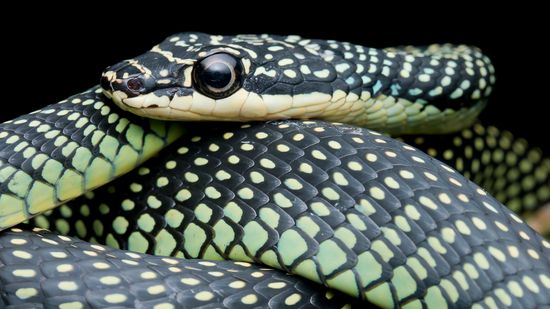
Paradise Flying Snake Truly Falls With Style
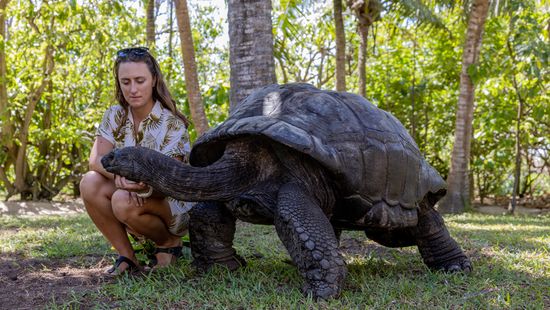
A Giant Tortoise Lives in the 'Galápagos of the Indian Ocean'
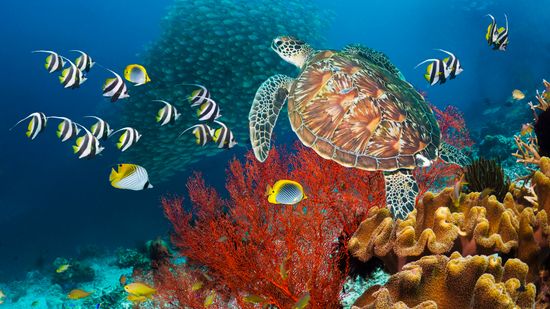
Green Sea Turtle: Named for Its Fat, Not Its Scales or Shell

The Leatherback Sea Turtle Is the Size of a Small Car
Learn More / Page 5
The king cobra (Ophiophagus hannah) is the longest venomous snake in the world and is one of the few snake species to make a nest for its eggs.
Pythons, the longest snakes in the world, are nonvenomous with a lethal squeeze. These snakes constrict their prey before devouring the meal.
One of the largest crocodiles ever was so big that one website called the species "bus-sized."
By Yara Simón
Advertisement
Just one bite from any of these venomous snakes could cost you your life. They're some of the deadliest snakes in the world and you don't want to mess with them.
A new study dispels the myth that snakes are deaf to airborne sounds and reveals that different species react differently to the sounds they hear.
While you may not want to encounter one on a hike, there's no denying that snakes are magnificent creatures - no matter how big or small they are. But when it comes to the biggest snakes in the world, nature truly knows no bounds.
Turtles, whether giant land tortoises, sea turtles or the pet turtle in your aquarium, tend to be omnivores and love a varied vegetarian and protein diet.
Advertisement
Welcome to the wild, wild world of dual penises, delayed fertilization, mama python incubators and springtime "mating balls."
By Mark Mancini
If you're looking for the venomous timber rattler, the U.S. is the place to be, as these bad boys are found in at least 27 states.
By Mark Mancini
Often confused with the venomous coral snake, which advertises its toxicity through bright bands of color, the milk snake is harmless to humans.
By Mark Mancini & Talon Homer
Pit vipers also carry venom in twin glands behind their eyes, delivered through movable fangs that can be folded up against the roof of their mouth.
By Mark Mancini & Talon Homer
Advertisement
These snakes are some of the best reptilian actors you'll ever meet, but don't let the act fool you.
By Mark Mancini & Talon Homer
To some, the thought of snakes flying through the air is the scariest thought imaginable, but, as we'll explain, flying snakes don't actually fly, they "fall with style."
By Mark Mancini
Despite their name, rat snakes don't eat just rodents. This huge family of snakes, which lives on every continent except Antarctica, also eats lizards and amphibians.
By Mark Mancini & Zach Taras
While the black mamba possesses a lethal bite and formidable hunting skills, the snake's size and speed fall short of its legendary reputation.
Advertisement
There are more than 50 species of snakes that live in the seas. Some are super venomous and they can zip through the water with ease.
By Mark Mancini & Talon Homer
The prehistoric-looking alligator snapping turtle is the largest freshwater turtle in North America and has a bite that, it's said, can snap a wooden broom handle in half.
By Mark Mancini
A new species of green pit viper found in India has been named after the founder of Harry Potter's Slytherin house.
They both have prehistoric looking shells and squatty legs, but how are they different?
Advertisement
The green anaconda is the largest of the anaconda species, which makes it arguably the biggest snake in the world.
By Mark Mancini
From its small size to its docile nature and long life span, the spotted python fills the bill as a great family pet. Our writer should know, he's got one.
By Mark Mancini
These modern rat snakes have an affinity for barns (and the rodents that live in them). But the myriad of colors makes them a reptile hobbyist's dream.
By Mark Mancini
These colorful snakes are found all over the world and are highly venomous, so the best strategy is to avoid them.
Advertisement
Cottonmouth snakes are often called water moccasins and are one of only four venomous snakes found in North America.
Though a copperhead will bite if disturbed, and it is venomous, its bite is rarely fatal.
By John Perritano & Zach Taras
